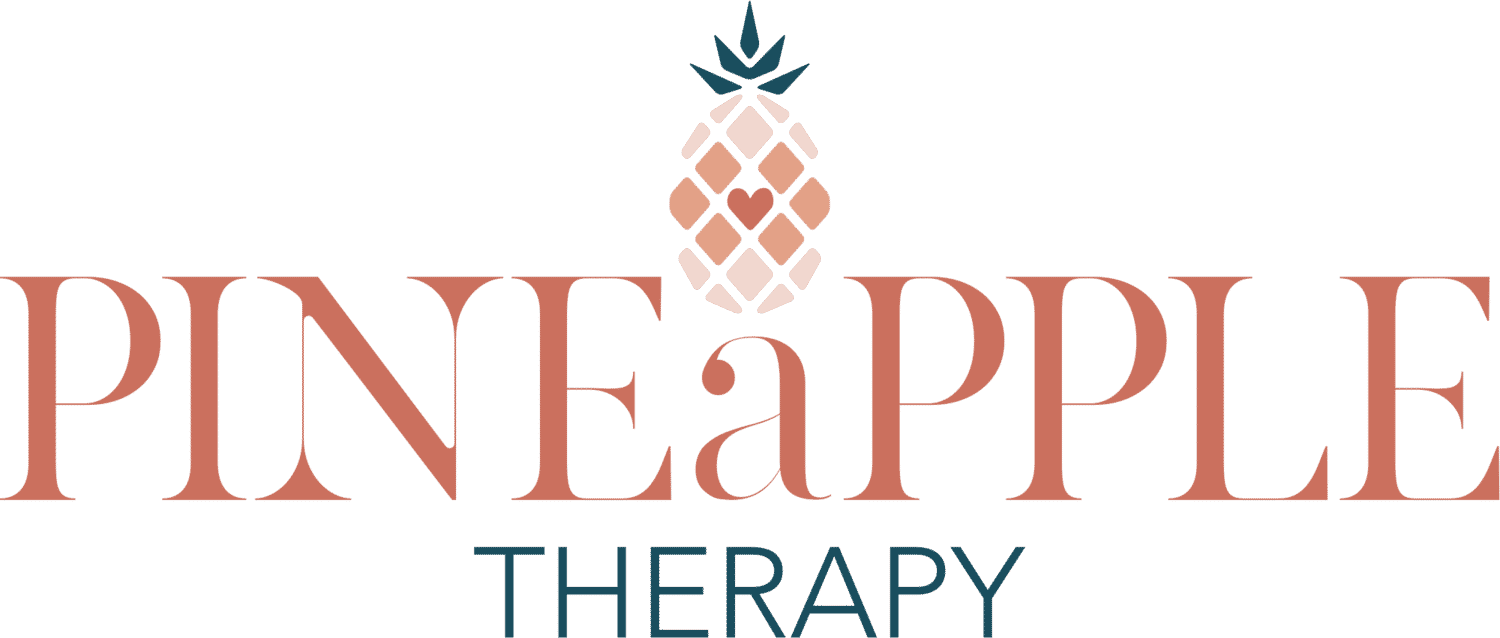Now that we have cleared up some of the most common misconceptions surrounding the use of breathing exercises, let’s dive into some of my favourites.
Number One: Tracing Your Hand
This exercise is particularly helpful when you want to be super discreet. You can successfully use this exercise under any desk or table, so it’s great when you are in a meeting or in class, and full disclosure, I have found it incredibly useful while standing in line at the grocery store.
To begin, you are going to slowly trace the outside of your hand with the pointer finger of your other hand. Start with your thumb and as you trace it moving upwards, breathe in slowly through your nose. Pause and hold your breath momentarily when you reach the top of your thumb. Then, slowly trace your thumb moving downwards and breathe out through your mouth. Continue to trace the rest of your hand.
Number Two: Mantra-Focused Breathing
Who doesn’t love a good mantra? Mantras are simple sayings or messages that you can repeat as you engage in deep breathing. They usually contain a personal reminder or are inspiring in nature.
Here’s an example: As you breathe in slowly through your nose, say in your head to yourself: “I am breathing in courage”; as as you breathe out slowly through your mouth, say in your head to yourself: “I am breathing out fear.”
You can come up with your own mantra or choose one based on your needs at the moment. Here’s several to get you started:
- Fear: Inhale – “I am breathing in courage”; Exhale- “I am breathing out fear.”
- Anxiety: Inhale- “I am breathing in calm/peaceful energy”; Exhale- “I am breathing out anxious energy.”
- Shame/High Expectations: Inhale – “I am enough”; Exhale- “I am letting go of expectations.”
- Boundaries: Inhale – “I am protecting my energy”; Exhale- “I am letting go of pleasing others.”
Number Three: Mindfulness Breathing
Although the focus of this article is on breathing exercises, it wouldn’t feel right not to include a little mindfulness into the mix. Here’s a quick definition – mindfulness can be defined as “paying attention on purpose, without judgment.” In other words, we notice what is happening both internally and externally from a relatively neutral perspective. And while it sounds simple in theory, it requires us to practice it on the regular to actually stick. So, what a better time to practice than while engaging in a breathing exercise. Let’s dive in.
Begin by getting comfortable, and if appropriate, feel free to close your eyes. Breathe in and out normally for a few breaths. Turn your attention inward, just noticing any thoughts, feelings, or sensations that are present. You do not need to change them, or get rid of them, you are simply noticing them and acknowledging that they are there. And if any of the thoughts, feelings, or sensations you are experiencing in this moment are challenging, that is okay – this makes you human. Continue to breathe normally for several breaths. When you are ready, open your eyes.
Number Four: Deep Breathing
Ahhh, deep breathing – Classic! Now, deep breathing in and of itself is not a breathing exercise per say… it literally is just breathing; however, we are going to spice it up a little bit by adding a conscious element to it and bringing our attention to our breath.
For this exercise, I encourage you to get super comfy – bonus points if you can lay down and close your eyes, but you can also use this exercise sitting or standing in a pinch.
To begin, place one hand over your chest and one hand over your stomach. Take a deep breath in slowly through your nose and notice your hand on your stomach rise. Imagine a balloon filling with air. When you feel like you can’t breathe in anymore, pause, and then slowly begin to breathe out through your mouth, as if you are blowing through a straw and/or blowing on a hot drink. Repeat several times.
Now It’s Your Turn to Test Them Out!
I encourage you to try out a few of the exercises above. Know that some might be more helpful than others for you and that is totally okay. Afterall, you know yourself and your needs better than anyone else, so find what works for you and ditch the rest. With that being said, however, I do encourage you to give them a solid try – we are talking at least a few weeks to a month or two.
It can also be really helpful to have several breathing exercises on hand, depending on the situation you find yourself in. For example, the tracing the hand exercise is great during a work meeting, but an exercise that requires you to close your eyes might not be the most appropriate in the middle of Sally’s sales report.
Remember to practice when you are both activated (aka anxious, worried, stressed, overwhelmed, etc.) and when are calm. This helps us remember the practice when our brains are in fight or flight mode, and also prevents us from associating breathing exercises with the feeling of distress.
So, your mission, should you choose to accept it, is to get breathing!

